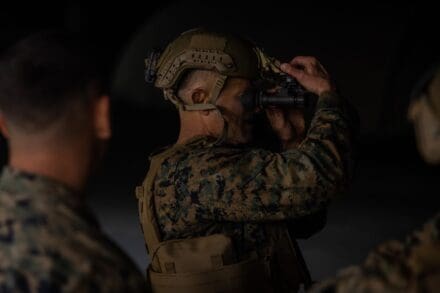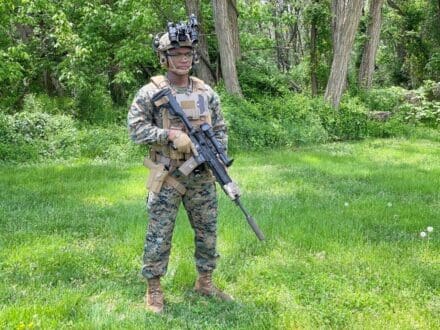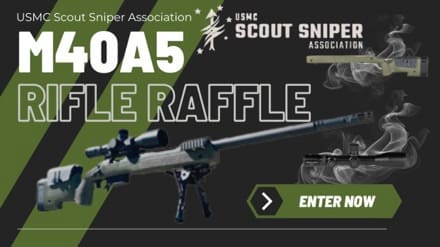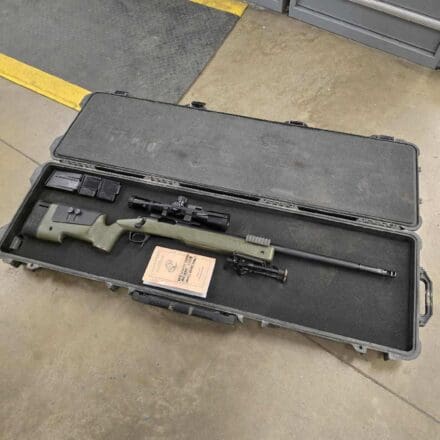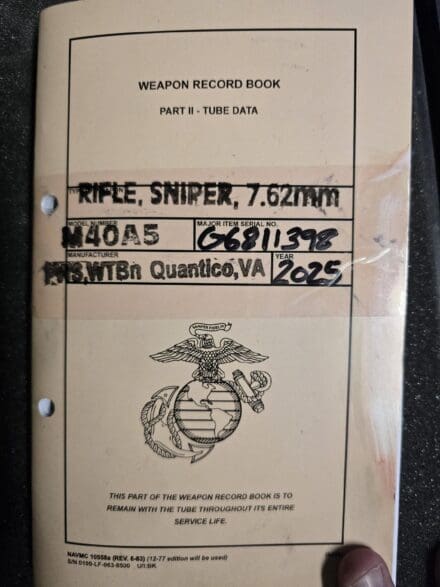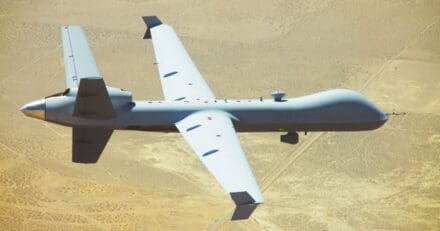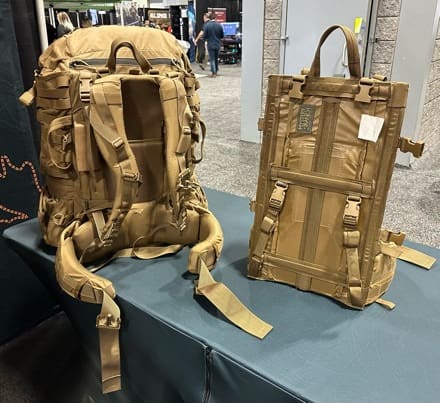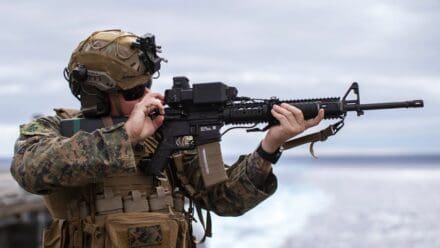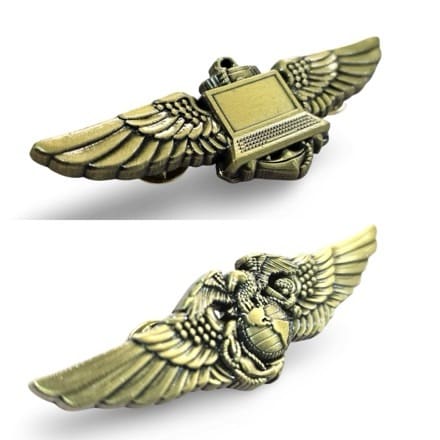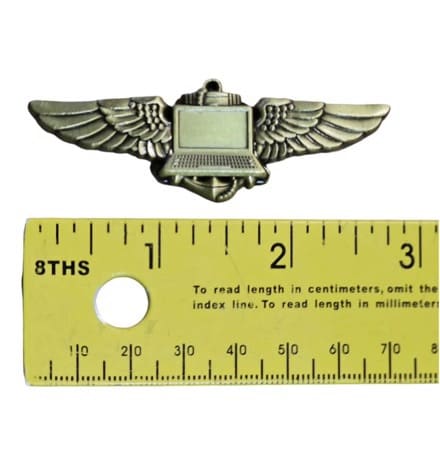ALLENTOWN, PA (May 19, 2025) – Following the initial development contract awarded last year, Mack Defense today announced they won the contract to produce two prototype vehicles for the next phase in the Medium Tactical Truck (MTT) program with the U.S. Marine Corps. The new family of vehicles will replace the Marine Corps’ Medium Tactical Vehicle Replacement fleet (MTVR), which includes cargo, dump, wrecker, tractor and re-supply trucks supporting air-ground task force combat support missions.
The Marine Corps’ initial development requirements for the MTT fleet focused on cargo variants consisting of 10-, 15- and 20-foot cargo bed configurations with hybrid-electric technology for reduced fuel consumption, extended range and reduced noise for silent watch capabilities. A 70% off-road and 30% on-road mission profile will be supported by a 60-inch fording capability to traverse through deep water typically encountered during Marine Corps missions.
The prototype phase includes the development of two variants: a 4×4 configuration featuring a 10-foot cargo bed and a 6×6 configuration with a 20-foot cargo bed. The trucks share DNA with the Mack® Granite® but are specially designed to meet the specific requirements of the U.S. Marine Corps. The MTT prototypes incorporate significant technological advancements in driver safety and operational capability. These include advanced driver assistance features such as collision avoidance, blind-spot detection and vehicle dynamic control systems incorporating enhanced traction control and anti-lock brakes. The vehicles also feature hybrid-electric technology delivering improved fuel efficiency while enabling critical tactical advantages such as silent watch capabilities using extensive onboard power storage and generation and exportable power for other military systems.
“These prototypes represent the next generation of purpose-built, specialty vehicles for the Marine Corps,” said David Hartzell, president of Mack Defense. “By leveraging our commercial vehicle technology expertise and adapting it for military applications, we’re delivering a highly capable platform that can perform in the most challenging terrains, while incorporating advanced safety features and hybrid propulsion systems that meet the Marine Corps’ rigorous mission requirements.”
The MTT program emphasizes enhanced off-road mobility with vehicles designed for cross-country operation while maintaining optimal weight for improved fuel efficiency and payload capacity. The purpose-built design incorporates an open systems architecture that enables future autonomous capabilities and technology integration.
Construction of the prototypes will begin in the second half of 2025, with completion targeted for early fall. Following assembly, the vehicles will undergo comprehensive contractor performance testing at the Nevada Automotive Test Center (NATC) in the first half of 2026 before delivery to the Marine Corps.
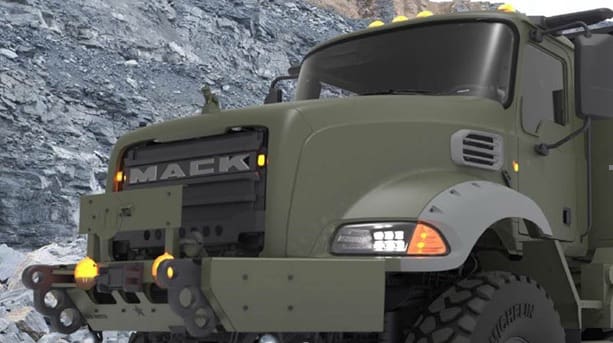
Following the initial development contract awarded last year, Mack Defense today announced the production of two prototype vehicles for the next phase in the Medium Tactical Truck (MTT) program with the U.S. Marine Corps.
Mack Defense, a wholly owned subsidiary of Mack Trucks, is responsible for the sale of heavy-duty trucks to federal- and ministerial-level customers globally. For more information, please visit www.mackdefense.com.


